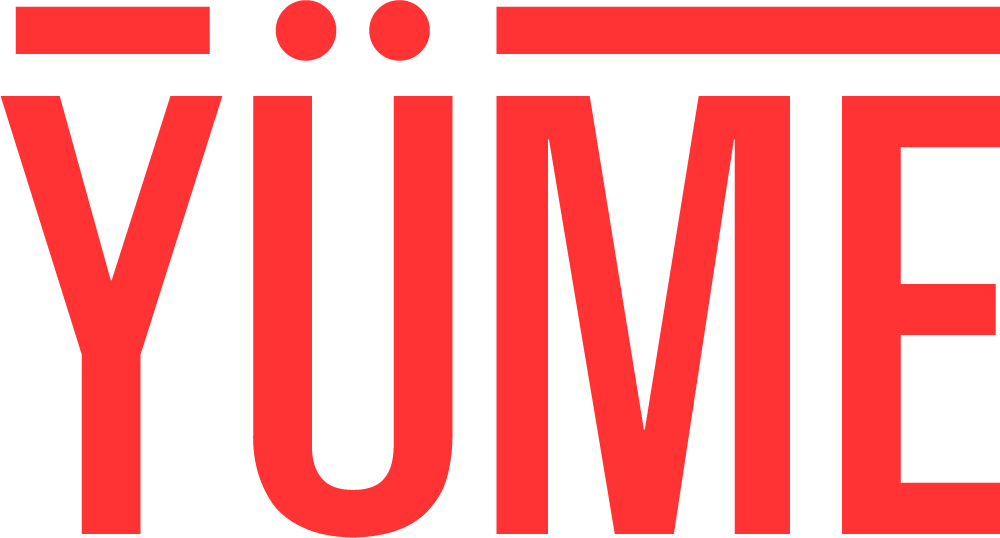Excess Inventory Sales in Australia: Advanced Strategies for Optimizing Surplus Stock
Introduction
Excess inventory sales are critical for Australian businesses looking to reduce waste, free up storage, and maintain cash flow. From overproduction to shifting market trends, surplus stock can quickly accumulate, tying up valuable resources and storage space. However, excess inventory sales provide a practical and profitable solution, transforming what might seem like a burden into an opportunity for growth and sustainability.
The Need for Advanced Inventory Management
Standard inventory clearance methods often rely on generic discounts, which may not always align with market demand or profitability goals. As competition grows, businesses need to adapt to smarter, data-driven approaches for managing excess stock.
Emerging Strategies for Excess Inventory Sales
Dynamic Pricing Models: Using technology to adjust prices in real-time based on demand patterns can help maximize revenue from surplus stock. Platforms that offer dynamic pricing features can make this process seamless and efficient.
Inventory Prediction Tools: Implementing AI-driven tools to better forecast when and where surplus is likely to occur allows businesses to proactively manage inventory and prevent overstocking.
Collaborations with Specialized Platforms: Partnering with companies that focus on connecting businesses with buyers for surplus inventory is a game-changer. Platforms like Yume Food help businesses reach a wider audience, ensuring quick and effective redistribution of excess stock while minimizing waste.
Sustainability and the Circular Economy
Advanced inventory management doesn’t just impact financial performance—it also plays a key role in sustainability. By selling excess inventory rather than discarding it, businesses contribute to Australia’s push toward a circular economy. This approach benefits the environment by reducing landfill waste and lowers costs for businesses by eliminating expensive disposal fees.
Real-World Examples of Excess Inventory Sales
Several Australian companies have adopted innovative strategies to address surplus inventory challenges. By leveraging digital platforms and advanced analytics, these businesses have successfully reduced waste, optimized their supply chains, and improved their bottom lines.
For example, businesses in the food industry often face significant overstock due to short product lifecycles. Working with platforms like Yume Food, these companies have found sustainable solutions that not only recover costs but also align with their sustainability objectives.
Conclusion: Unlocking the Value of Excess Inventory
Managing excess inventory requires strategic approaches that balance operational efficiency with sustainability goals. From dynamic pricing to partnerships with specialized platforms, businesses have more tools than ever to turn surplus stock into an opportunity for growth.
Platforms like Yume Food are at the forefront of this transformation, helping Australian businesses redistribute surplus stock effectively while meeting environmental and financial objectives. Learn how Yume Food can support your business in turning excess inventory into opportunity.

